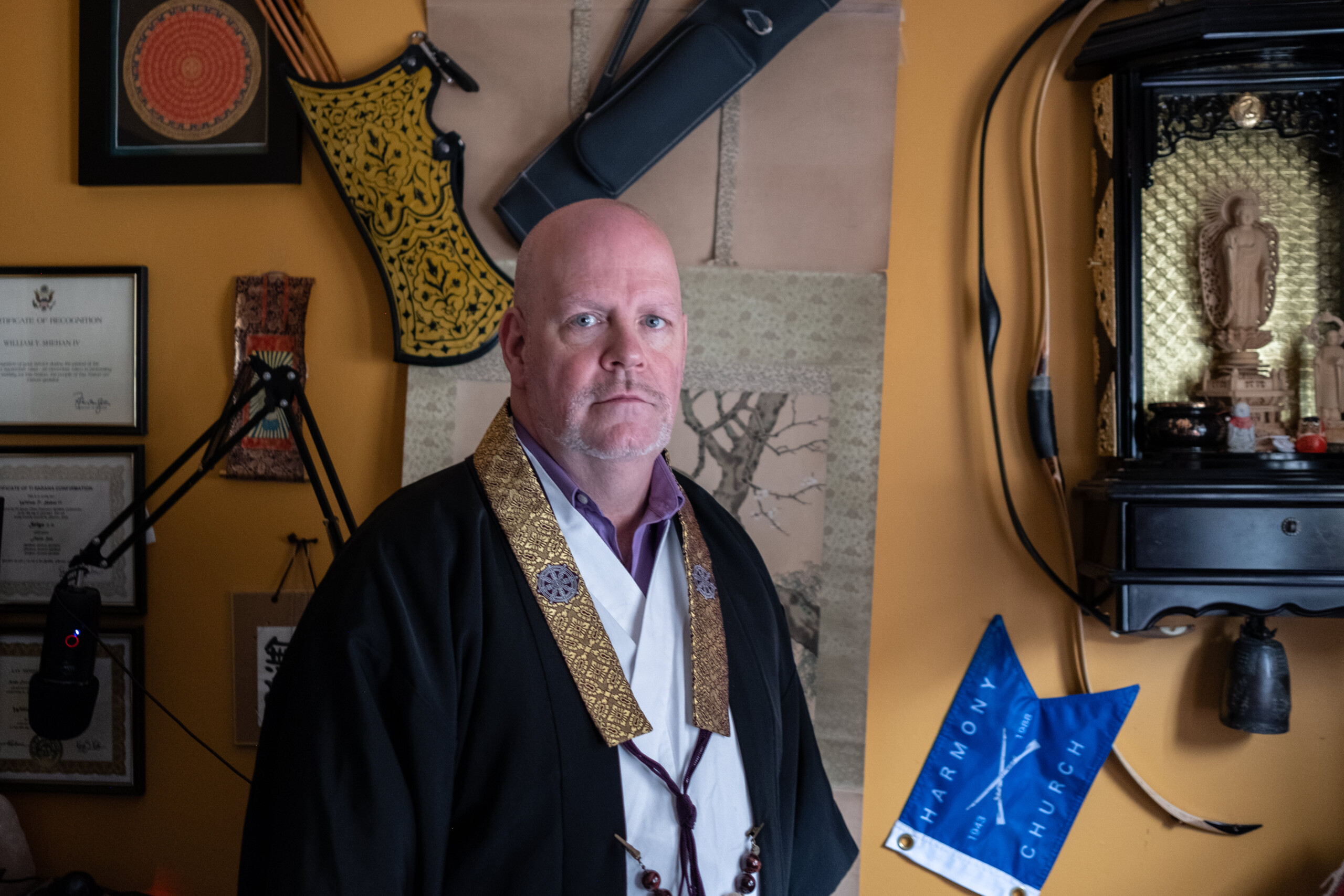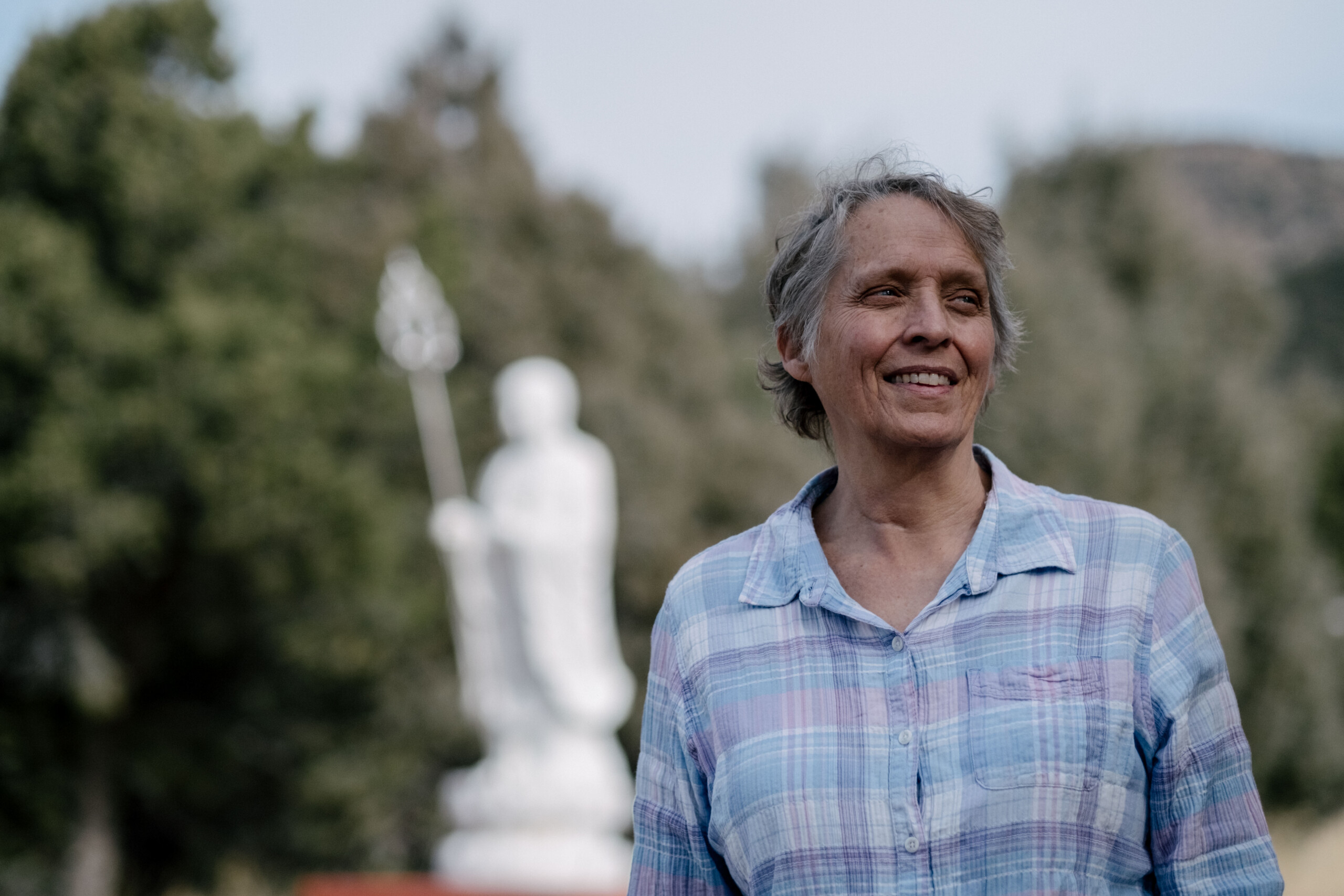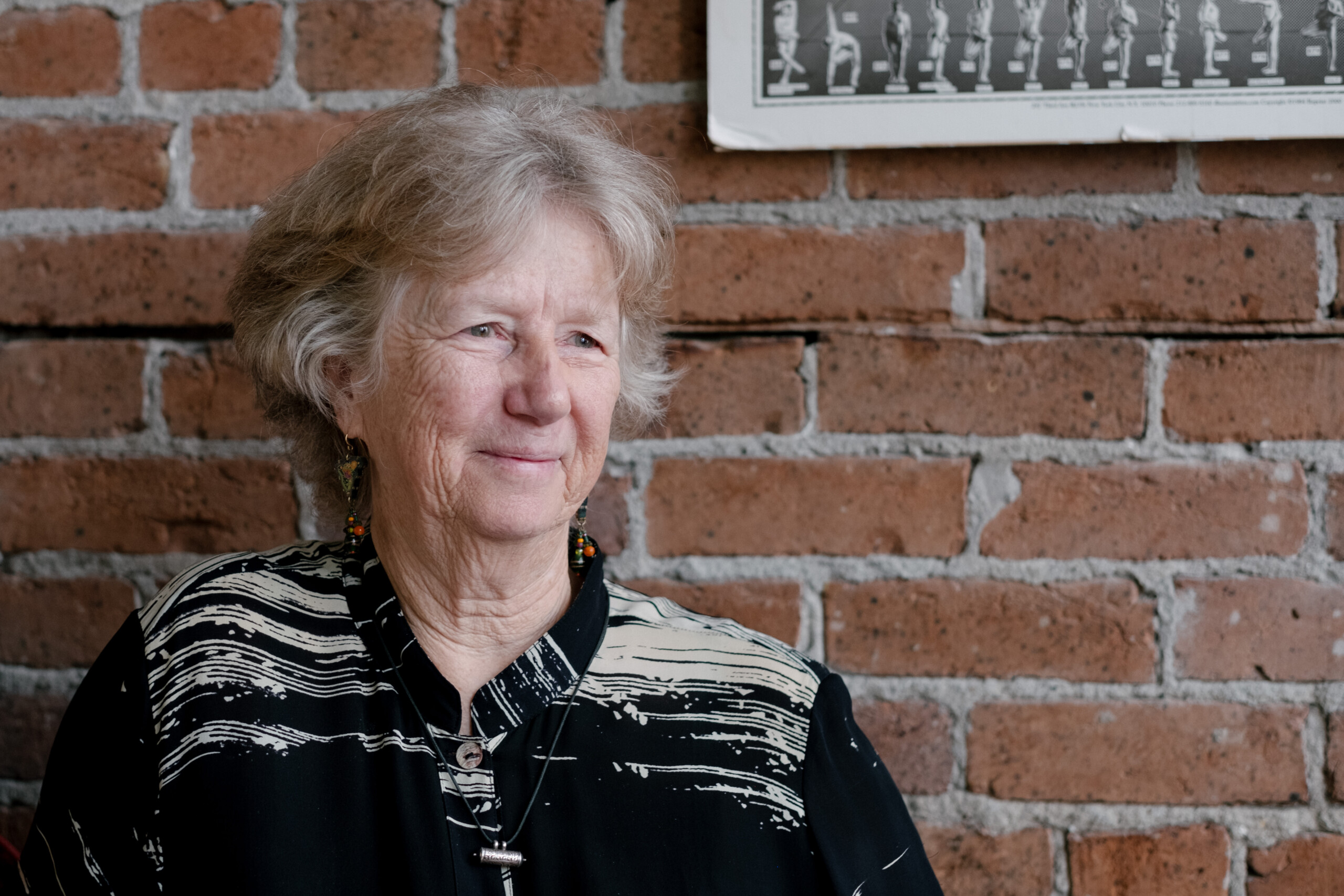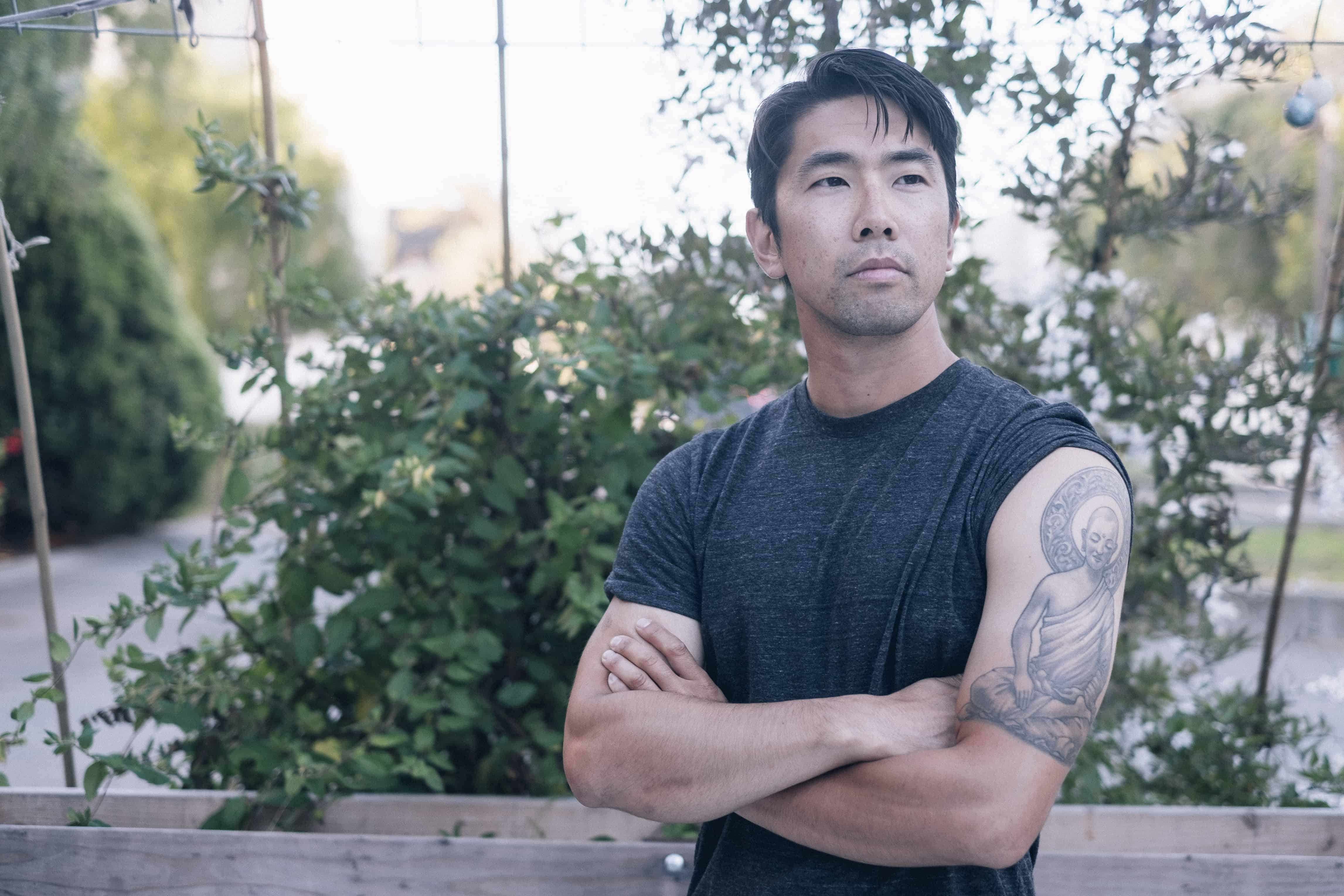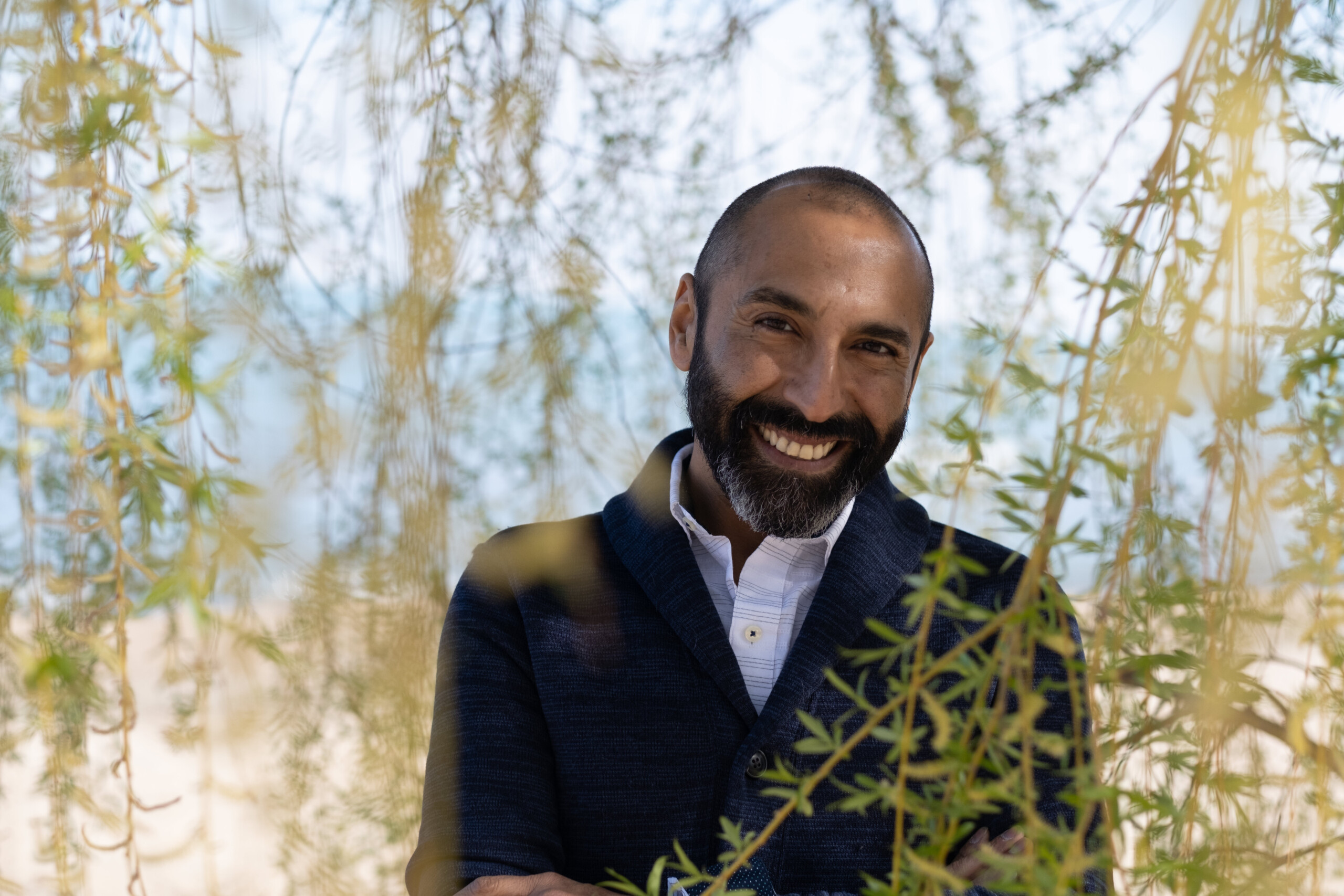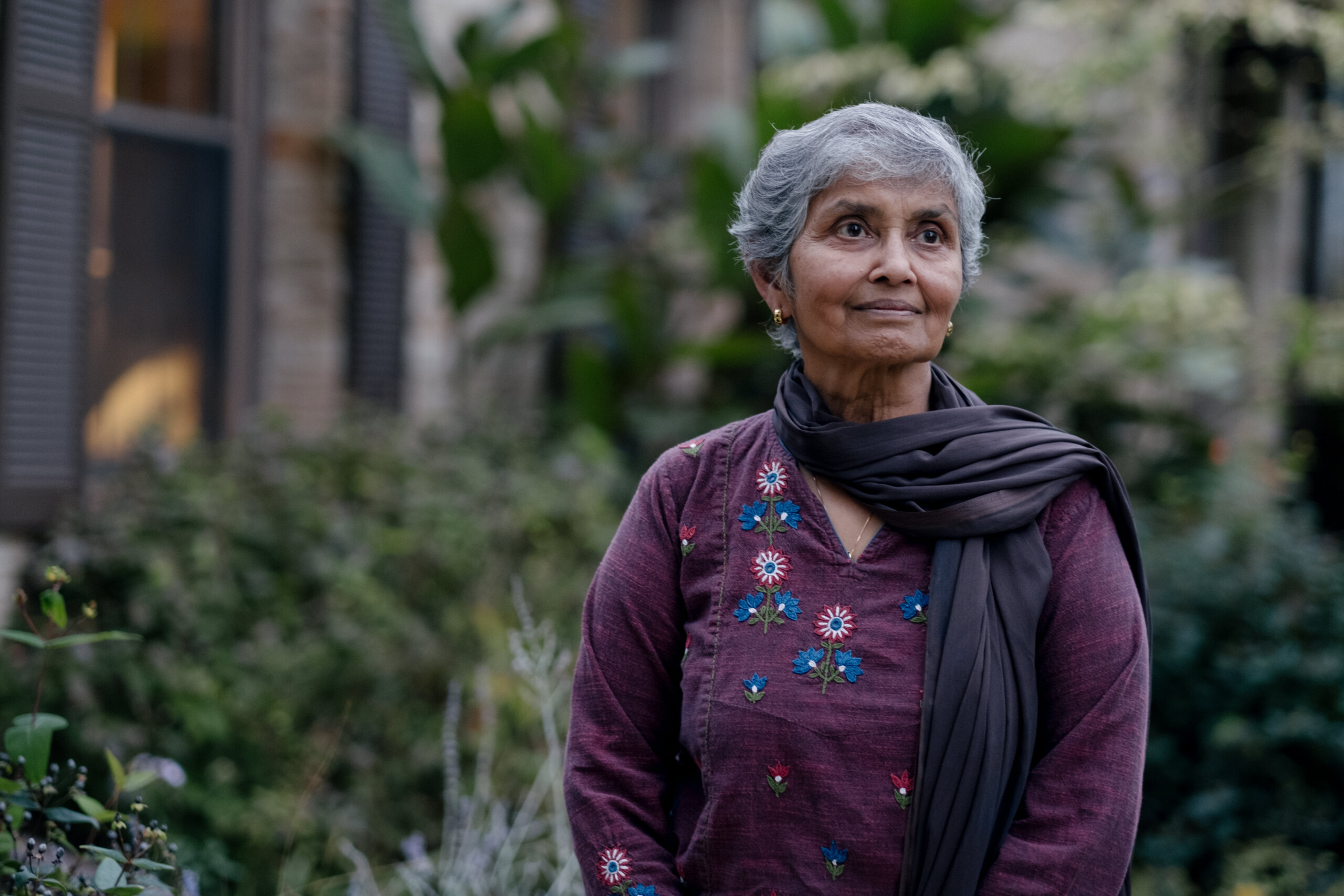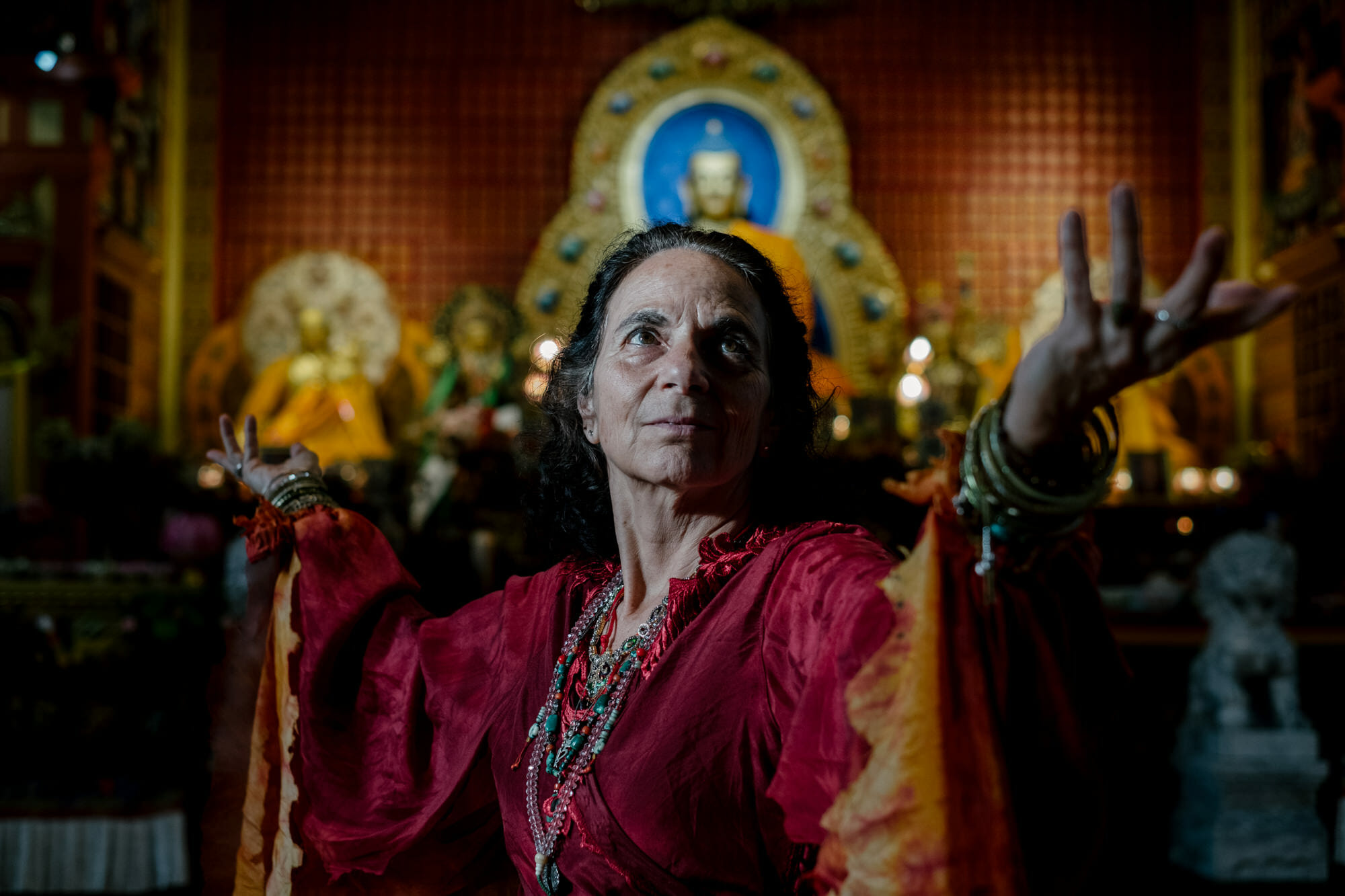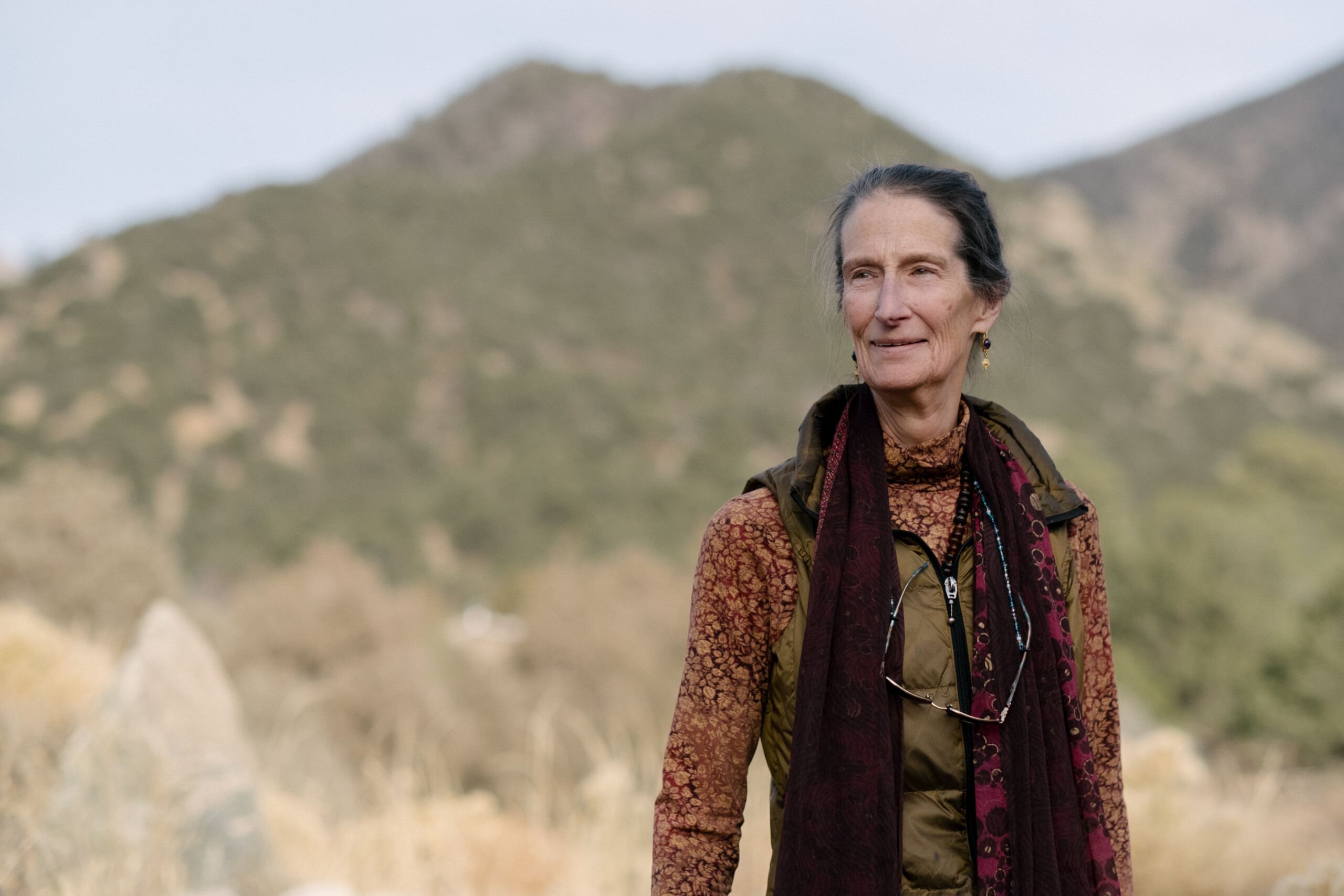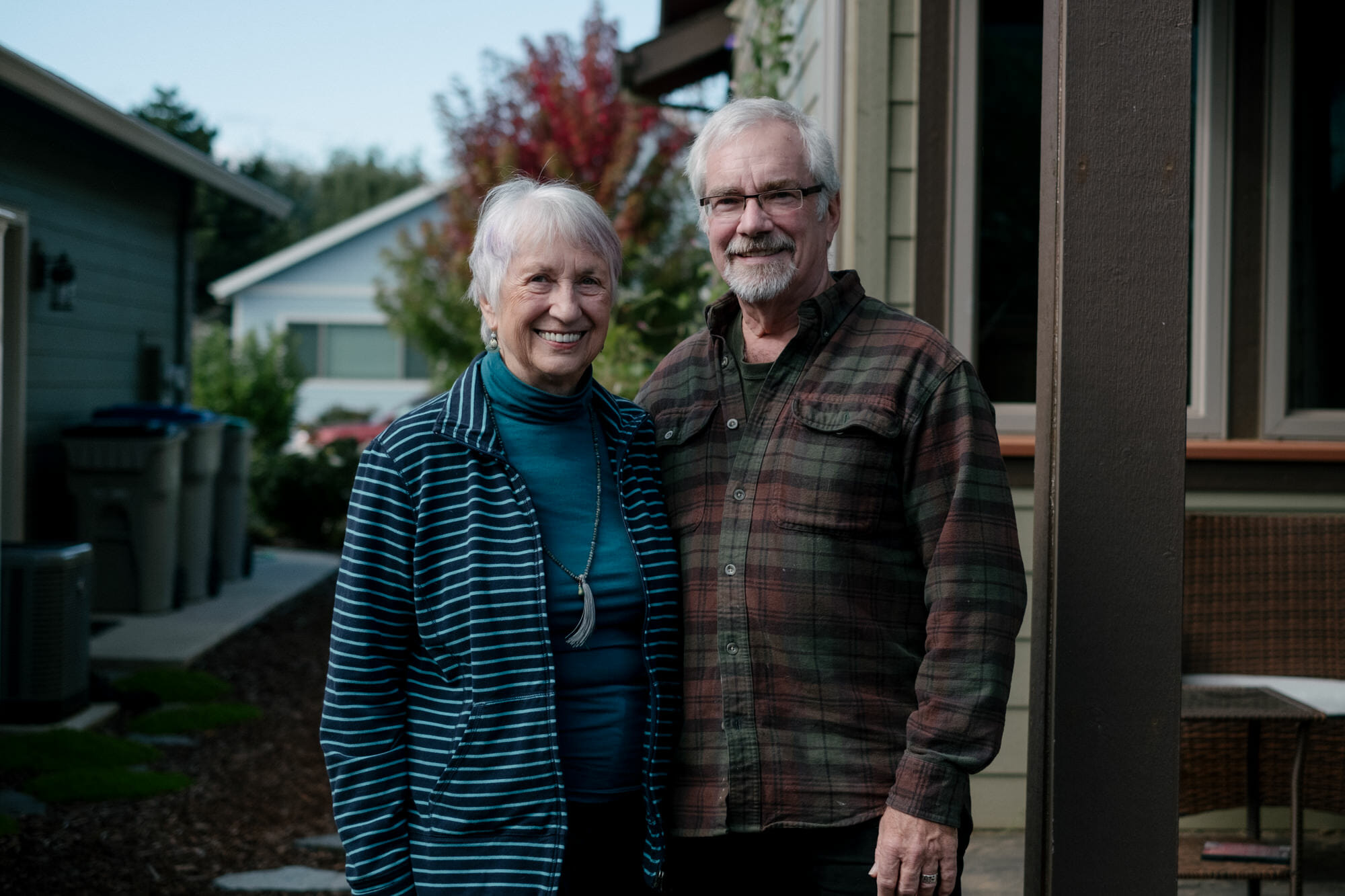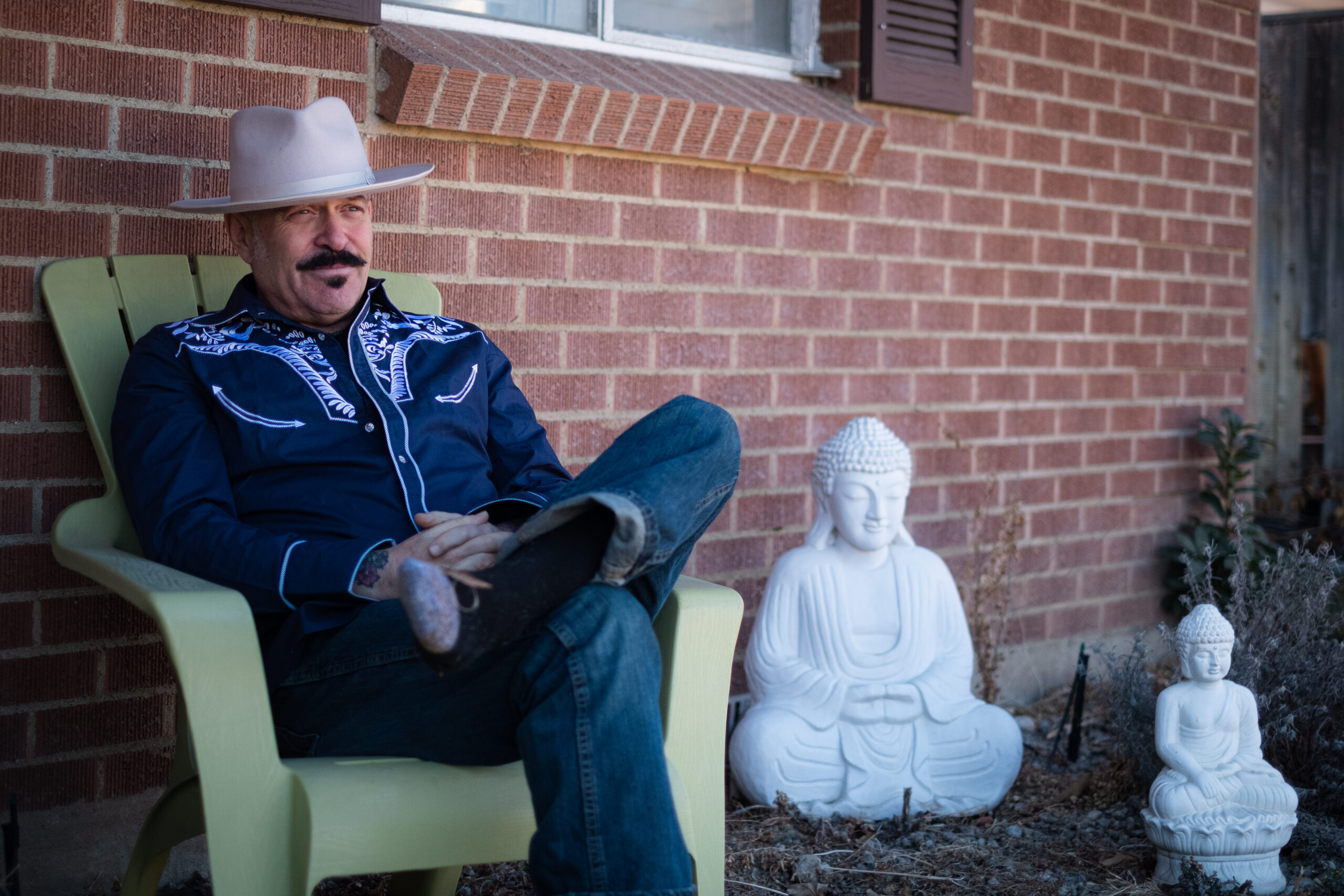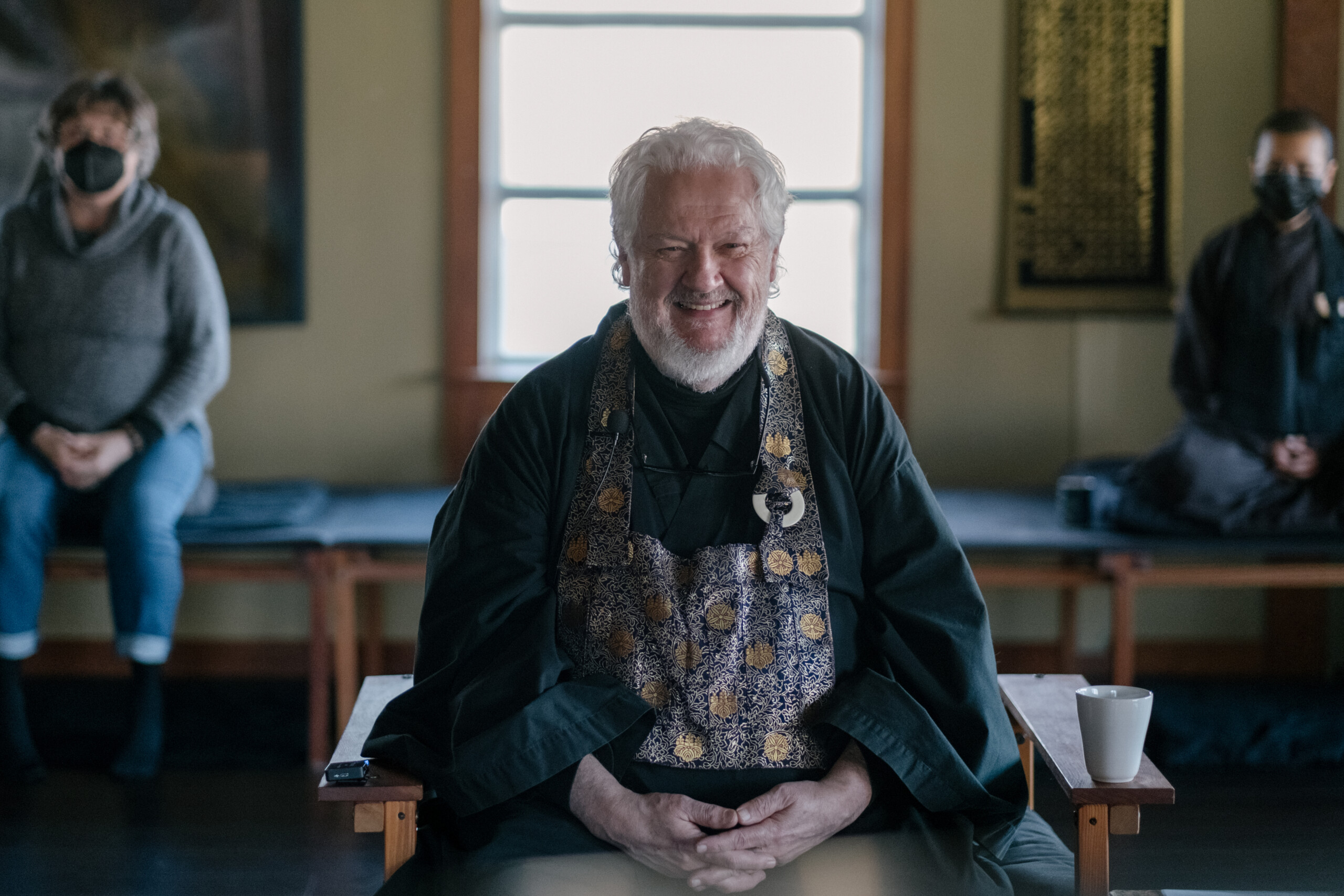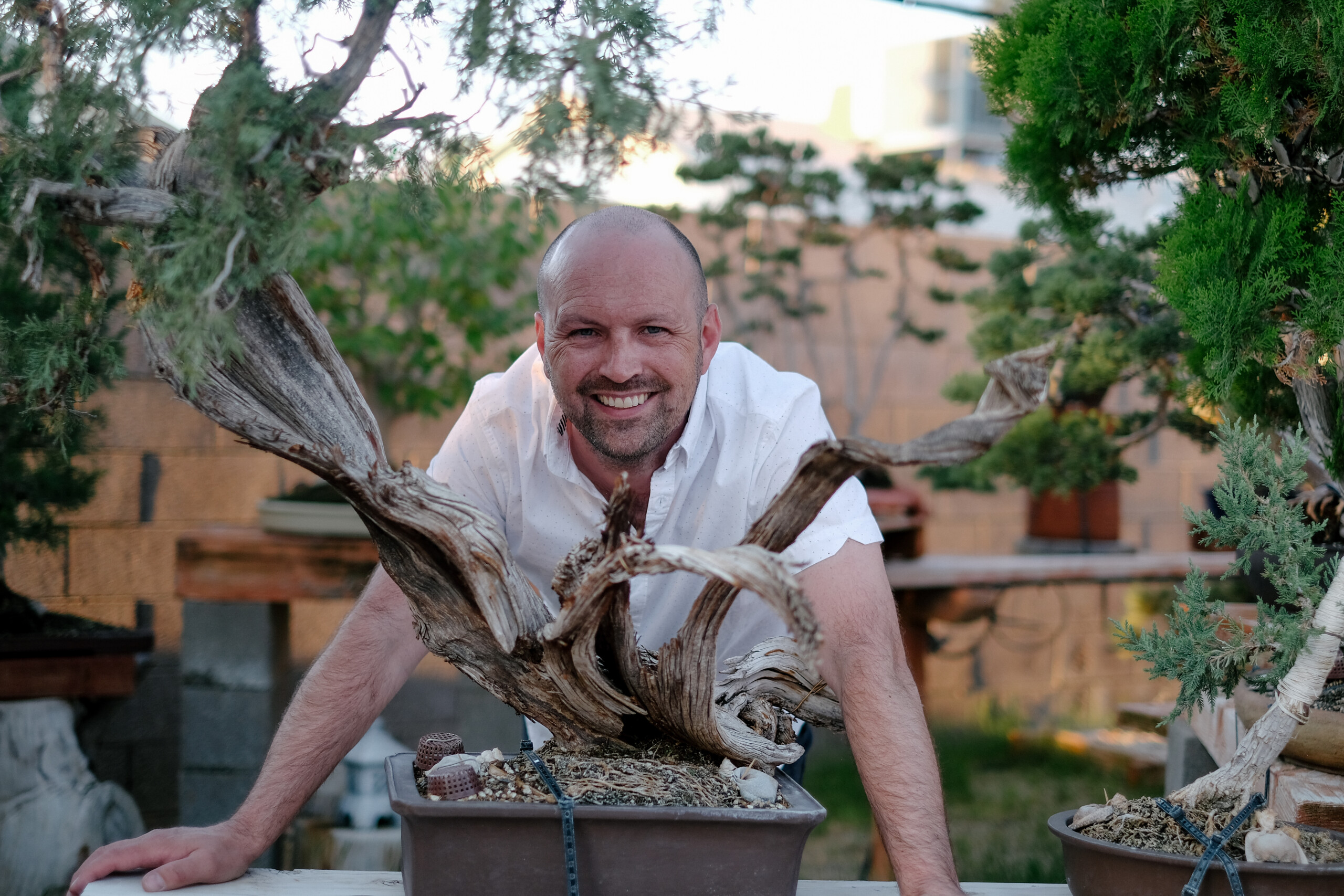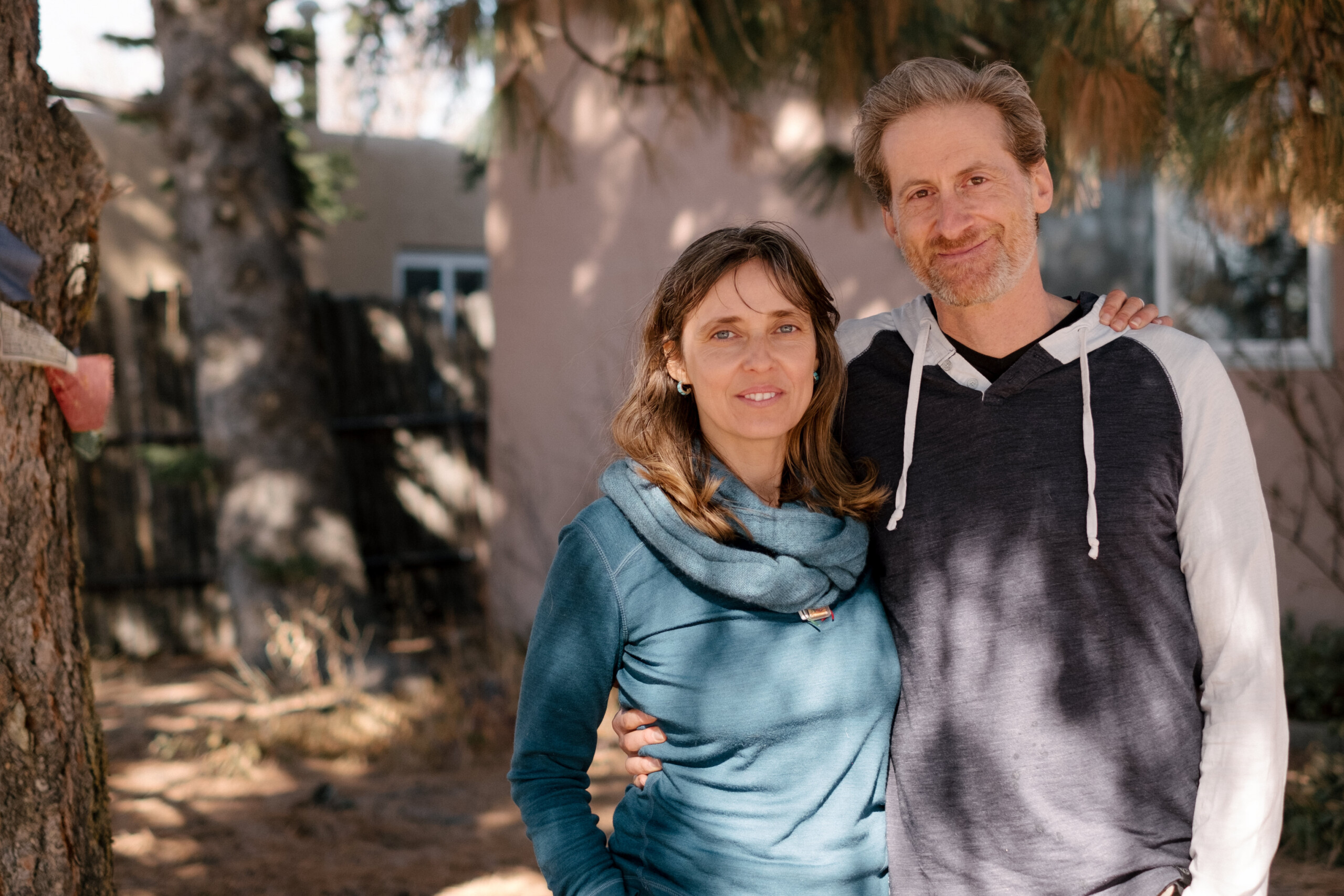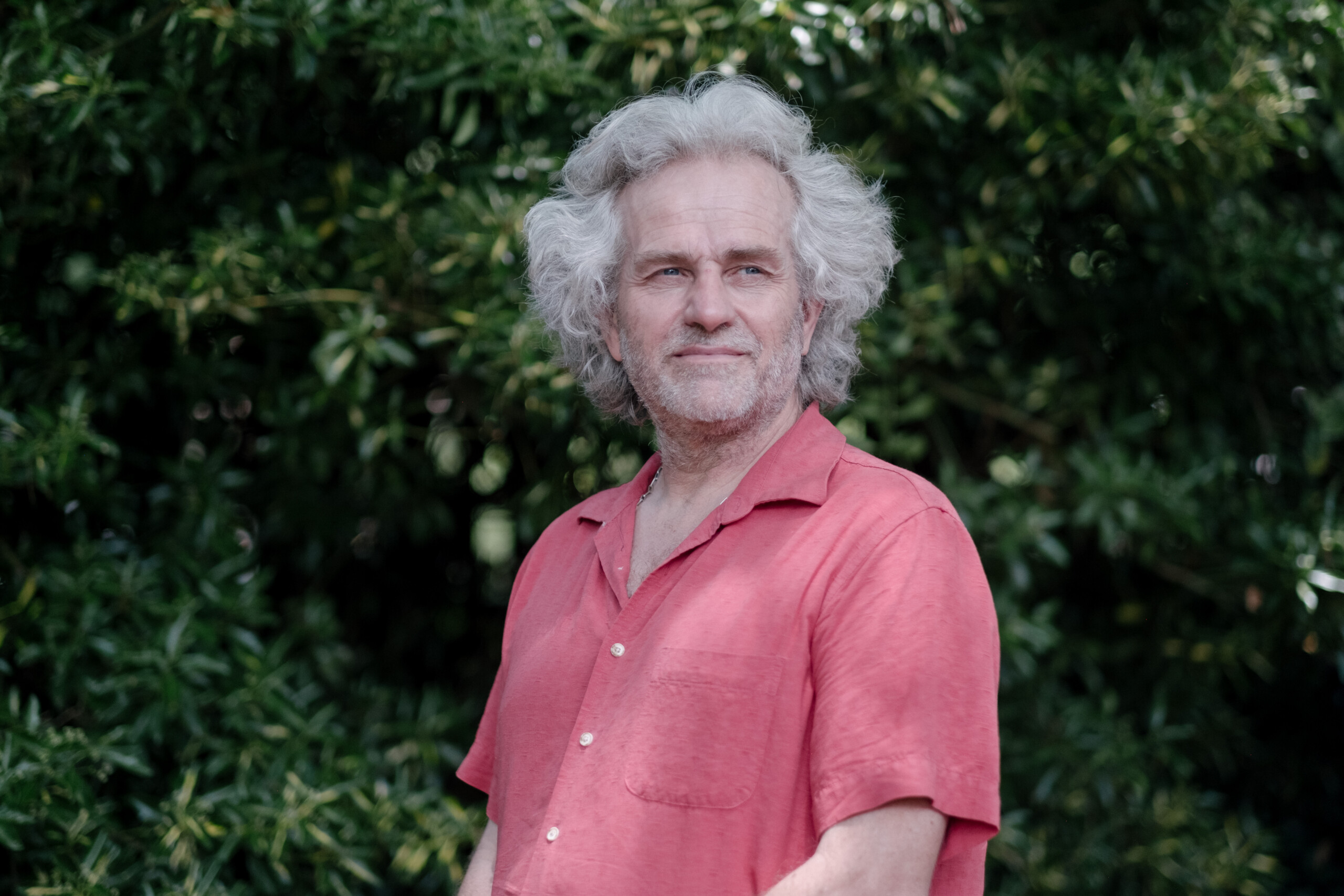Background
Ani Palmo Lodro, an ordained Tibetan Buddhist nun, resides at the Vajra Vidya Retreat Center and Monastery. As the center’s manager, she oversees its diverse offerings, welcoming individuals of varying spiritual backgrounds and experience levels. Ani Lodro’s own journey began in the corporate world, where she pursued conventional Western ideals of success, only to find emptiness and discontent.
Her spiritual exploration started with Hindu teachings, focusing on Bhakti Yoga and Karma Yoga. After a decade of dedicated practice and encounters with enlightened beings, Ani Lodro experienced a profound shift in perception. Recognizing the impermanence of self and diving into self-inquiry, she found a new reality characterized by love, happiness, and a sense of purpose.
This transformative phase led her to the Vajra VidyaRetreat Center, where she became deeply involved in various roles, from a retreat participant to managing the construction of a new wing. Ani Lodro’s commitment to serving others and her profound realization of happiness as a birthright eventually led her to ordain as a Tibetan Buddhist nun in 2020.
Now, as the center’s manager, Ani Lodro strives to create a space where guests can experience the benefits of a monastic environment. Her journey emphasizes the shift from self-centered pursuits to a life dedicated to the well-being of others, embodying the Tibetan Buddhist principles of compassion and selflessness.
Compared to Hindu Path
In Ani Lodro’s spiritual journey, her experiences on the Hindu path were marked by direct encounters with bliss, serenity, and clarity, often without a clear understanding. Following a guru’s guidance, she underwent transformative states of consciousness. However, the Hindu tradition lacked the precision and articulation found in Tibetan Buddhism.
Upon entering Tibetan Buddhism, Ani Lodro noted the meticulous teachings, texts, and practices that provided a structured framework. This allowed her to comprehend and articulate her experiences more clearly. The Four Noble Truths served as a foundational starting point for inquiry, offering a well-defined path.
Ani Lodro highlighted the safety and guidance within Tibetan Buddhism, emphasizing the importance of a strong foundation before delving into advanced practices. Meditation played a crucial role in calming the mind, fostering self-awareness, and navigating the inward journey. Unlike certain practices in the Hindu world, Tibetan Buddhism prioritized a methodical approach, reducing potential dangers associated with premature exploration.
She praised Tibetan Buddhism for guiding practitioners toward the realization that the phenomenal world is not real. The teachings led her to question the nature of reality, the self, and the purpose of existence. Ani Lodro described the path as a process of clearing away illusions to arrive at a profound understanding of what is genuinely true. This understanding extended beyond conventional perceptions, revealing a broader reality that encompassed various realms and sentient beings.
Ultimately, Ani Lodro emphasized the practitioner’s goal in Tibetan Buddhism – to reside in a state of awakened mind consistently, transcending the influence of the conditioned self on thoughts and actions.
Accessibly of Path
Ani Lodro challenges the conventional distinction between lay practitioners and monastics, asserting that the desire to be on the path with sincerity and a caring heart is all one needs. She disagrees with the notion that awakening is exclusive to monastics and believes that qualities like patience and moral ethics can be cultivated by anyone, regardless of their lifestyle.
Having experienced both lay and monastic life, Ani Lodro finds aspects of monastic life easier due to its seclusion from the world. However, her journey took an unexpected turn as she now runs a center, leading a life that appears contrary to the seclusion she initially envisioned. Despite constant interaction with people, handling logistics, and managing finances, she considers herself a lay practitioner, applying her commitment to Tibetan Buddhism in every instance.
Ani Lodro emphasizes that anyone, whether married, single, with kids, or leading a busy life, can practice Tibetan Buddhism sincerely. She challenges the misconception that monasticism is a prerequisite for spiritual progress, suggesting that lay practitioners can carve out dedicated periods to deepen their practice. According to her, profound inner changes are accessible to everyone, regardless of their external circumstances.
Advice
Ani Lodro emphasizes the internal nature of the spiritual journey, urging practitioners to recognize that the path is an “inside job.” She highlights the challenge of letting go of the deeply ingrained belief that the external world is inherently real, as it is perceived through the senses and shaped by personal opinions and judgments. Ani Lodro reflects on her own transformative experience, realizing that most of her perceptions were not true.
She observes a common obstacle for both lay and monastic practitioners: attachment to sensory experiences and rigid opinions about the world, which hinder the pursuit of a clear mind. Ani Lodro identifies the major hurdle as the negative mind, perpetuated by strong attachments to personal viewpoints. She encourages individuals to explore their minds, recognizing the falsehood in the majority of their thoughts.
Ani Lodro believes that a critical step in the spiritual journey is letting go of the constructed map of the world, understanding the limitations of external reality. She notes that practitioners often grapple with this process, holding onto opinions that hinder genuine progress. The internal exploration, she suggests, leads to a profound shift in perspective, challenging preconceived notions and paving the way for a clearer understanding of reality.
Impact on Modern Culture
Ani Lodro reflects on the impact of Tibetan Buddhism in the West, acknowledging its relatively recent introduction in 1959. She recognizes the positive influence it has had on Western culture, despite the challenges of conveying its depth and complexity. Ani Lodro notes the emergence of buzzwords like mindfulness and meditation in mainstream discourse, signifying the infiltration of Buddhist terminology into society.
She emphasizes the double-edged nature of this influence, cautioning against the superficial adoption of terms without a true understanding of their meaning. Ani Lodro expresses concern about the potential for misconceptions, citing tantra as an example of a complex concept that has been oversimplified and misunderstood, leading to confusion and even mental instability for some practitioners.
Despite these challenges, Ani Lodro remains optimistic about the positive impact of Tibetan Buddhism in the West. She sees the introduction of Buddhist concepts as an invitation for sincere seekers to explore a spiritual path. Ani Lodro encourages patience, recognizing that the assimilation of a tradition that spans 2,500 years into Western culture will take time, urging individuals to delve deeper into the meanings behind the terms and concepts that have become prevalent in contemporary discourse.
Monastic Community
Ani Lodro shares insights into the dynamics and challenges within spiritual communities, drawing from her extensive experience. She emphasizes the importance of the Sangha, recognizing it as one of the three jewels in Buddhism. Ani Lodro underscores the positive impact of a supportive community, providing genuine peer support that may be lacking in individual lives.
However, she points out challenges, particularly in Western spiritual groups, where skepticism and criticism prevail due to misconceptions and sensationalized stories in the media. Ani Lodro notes the diversity within Sanghas and compares Western and Eastern approaches, highlighting the acceptance of ashrams in Eastern cultures, while in the West, skepticism and scrutiny are more prevalent.
Ani Lodro discusses the delicate balance needed within a Sangha, citing the need for mentally healthy individuals to outweigh those who may be mentally unstable. She acknowledges the attraction of mentally ill individuals to spiritual communities seeking healing but warns against an imbalance that can disrupt the Sangha’s harmony.
Drawing from her experiences, Ani Lodro emphasizes the need for Sanghas to maintain a balance and avoid an overwhelming number of mentally unstable individuals. She underscores the significance of genuine motivation among Sangha members, distinguishing between those seeking personal healing and those genuinely committed to supporting others on the path.
Ani Lodro extends her observations to monastic communities, noting the need for a certain percentage of mentally healthy individuals for the community to thrive. She draws attention to the structured nature of monastic life, where disruptive behavior can lead to dismissal, ensuring a healthier community environment compared to lay Sanghas.
In conclusion, Ani Lodro emphasizes the challenges of maintaining a balanced and mentally healthy Sangha, especially in Western spiritual groups. Her insights highlight the delicate interplay between providing support for those in need and maintaining the overall well-being and harmony of the spiritual community.
Monastic Experience
Ani Lodro emphasizes the uniqueness of each monastic experience, acknowledging the individuality of journeys within the pursuit of enlightenment. While recognizing the diversity among nuns and monks, she underscores a common thread—dedication to the pursuit of enlightenment and a deep-seated compassion for the well-being of others.
In discussing the structure of the retreat center where she resides with two senior monks, Ani Lodro contrasts it with larger monasteries in places like India and Bhutan. She highlights the focus on group practice, with breakfast, lunch, and dinner scheduled, as well as group meditation sessions and question-and-answer periods. Ani Lodro emphasizes the dedication of all practices to benefiting sentient beings on their path to happiness and enlightenment.
Ani Lodro details the daily schedule, including group practices, personal interviews with senior monks, and the open afternoons for individual practices or walking meditation. She describes the flexibility for individuals to engage in their chosen practices, such as green Tara or white Tara, fostering a secluded environment for deepening their spiritual journey.
Additionally, Ani Lodro mentions the inclusion of group retreats, outlining the upcoming white Tara retreat with four sessions a day, each dedicated to the long life and well-being of their lineage holder, Chongli Rinpoche. The retreat center also hosts other groups for specific practices or retreats, adding a layer of diversity to their usual routines.
Throughout the monastic life described by Ani Lodro, there is a consistent theme of dedication to individual and collective practice, with an emphasis on serving guests, the local Sangha, and collaborating on projects. The overarching principle remains the dedication of all merit to benefit all sentient beings.
Retreat Center
Ani Lodro discusses the uniqueness of their monastery, emphasizing its role as a retreat center with a specific lineage—the Kagyu lineage in Tibetan Buddhism. She distinguishes monastic retreat centers from general ones, highlighting the importance of offering a specific practice, such as Ngondro, as a foundation for practitioners.
In describing the infrastructure, Ani Lodro notes their openness to those interested in experiencing Tibetan Buddhism, irrespective of the specific lineage. She underscores the shared basic tenets across Tibetan Buddhism while expressing their commitment to providing an environment that disconnects individuals from worldly pursuits.
Ani Lodro elaborates on the Buddhist view of Samsara, characterized by continuous desire and pursuit, and contrasts it with the monastery’s invitation for individuals to unplug from the world temporarily. The focus is on offering an environment that encourages individuals to switch off their habitual pursuits, fostering quietude and introspection.
Furthermore, Ani Lodro highlights the monastery’s commitment to serving those who come, a distinction she deems essential in the context of Tibetan Buddhism and monastic life. She reflects on the shift from a self-centered pursuit of personal goals to the monastic life, where the emphasis is on serving others, aligning with the core principles of Tibetan Buddhism.
The monastery’s aim is to provide a space for individuals to explore the cessation of desire and suffering, allowing them to directly experience the Tibetan Buddhist perspective. Ani Lodro encourages self-exploration and meditation, providing guests with private retreat rooms in a tranquil environment conducive to inner reflection.
Modern Obstacles
Ani Lodro explores the challenges faced by Westerners, particularly in the context of Tibetan Buddhism. She points out that the cultural disparity between the West and the traditional Tibetan Buddhist culture creates obstacles for practitioners in the West. Westerners often grapple with mental health issues such as depression, bipolar disorder, and neurotic disorders, which can complicate their engagement with Tibetan Buddhist practices.
Drawing from her own experience, Ani Lodro emphasizes the need for a bridge between Western culture and Tibetan Buddhist practices. She highlights the importance of addressing mental health and emotional wounds before delving into the structured practices of Tibetan Buddhism. Ani Lodro suggests that therapy and counseling are crucial for individuals to develop a healthy psychological disposition and to overcome impediments that may arise during spiritual practice.
Ani Lodro acknowledges the efforts of some teachers in bridging the gap and adapting Tibetan Buddhism to the Western mindset. She underscores the necessity of humility in acknowledging the need for therapy and the challenges specific to the Western cultural mindset. Ani Lodro explores the cultural differences, noting the prevalence of entitlement and lack of humility in Western societies. She sees these traits as potential obstacles to embracing the teachings of Tibetan Buddhism, which emphasize compassion, humility, and selflessness.
In addressing the Western inclination towards independence and entitlement, Ani Lodro encourages humility and surrender, qualities she observes to be more pronounced in Eastern cultures. She emphasizes the importance of cultivating a devotional nature, showing respect for teachers, and being open to learning, which may involve unlearning preconceived notions.
While Ani Lodro expresses criticism of certain aspects of the Western mindset, she emphasizes the potential for transformation through acknowledgment of cultural obstacles and a willingness to embrace humility, surrender, and a more receptive approach to teachings.
Relationship with Abbot
Ani Lodro provides insights into the dynamic collaboration at the monastery where Khenpo Jigme is currently the head, and Khenpo Labsong is also actively involved in teaching and management. Ani Lodro herself plays a crucial role in managing logistics, overseeing daily activities, and offering counseling when needed. The team operates cohesively, fostering deep mutual respect, love, and an enjoyable working environment.
An important aspect Ani Lodro discusses is the necessity of humility within the monastic setting. She highlights the challenge for Westerners, accustomed to independence and often possessing a sense of righteousness, to enter a structured monastic environment and defer to the teachings and the teacher. Ani Lodro emphasizes the significance of having both confidence and humility, asserting that surrendering ego does not diminish personal power but enhances the effectiveness of the practice.
Ani Lodro delves into the teacher-student relationship in a monastic environment, emphasizing its gradual development over time. She explains that new practitioners are not expected to reach the same level of understanding as those with many years of experience. Skilled teachers, she notes, tailor their guidance to individual students, ensuring they feel supported and gradually pulling them away from ego-based identifications that might hinder their progress.



